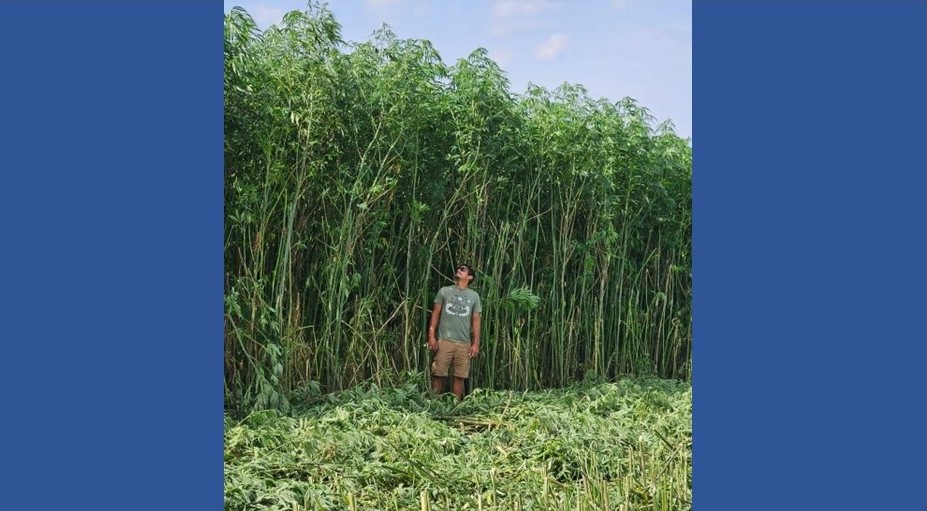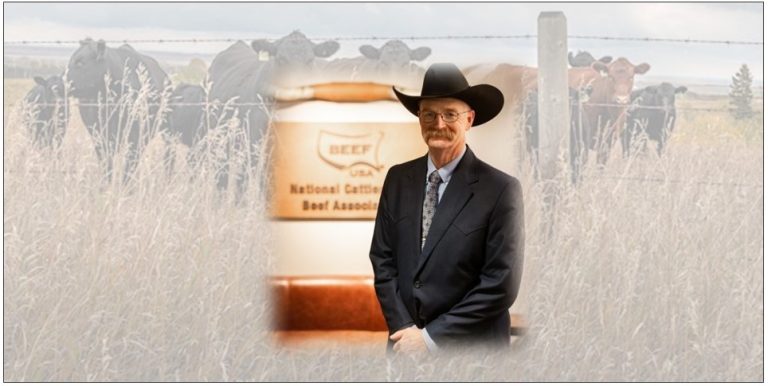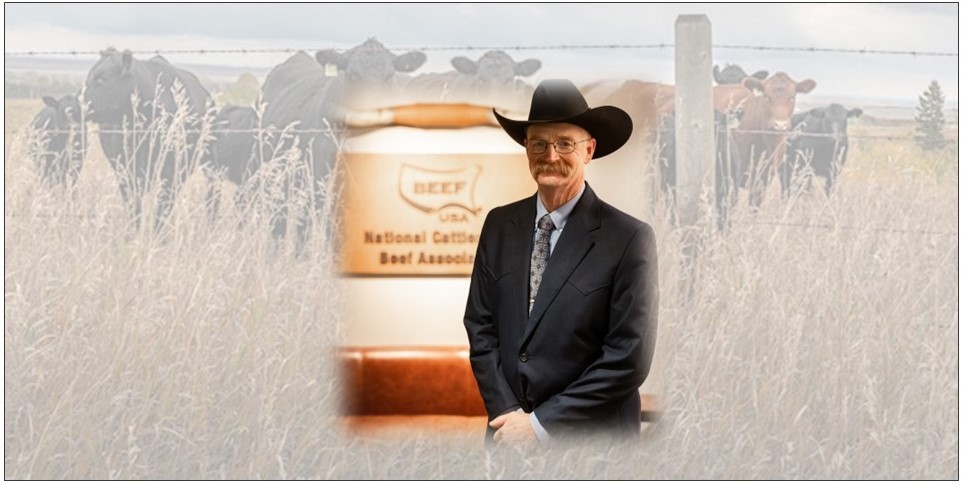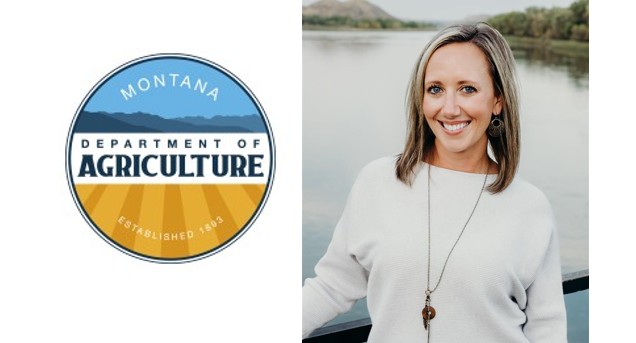WAKONDA, S.D. – South Dakota recently became the No. 1 producer of hemp fibers in the nation after being the third-to-last state to make it legal just three years ago.
“We’re the highest production and the highest in yield-per-acre, both of those,” said Bill Brehmer, board member of the South Dakota Industrial Hemp Association (SDIHA). “We are going to try to hold that for next year. This will be our first year to dominate that category.”
One of the people helping to do that is John Peterson, treasurer for SDIHA and a hemp farmer near Wakonda, about 50 miles southwest of Sioux Falls. He started Dakota Hemp LLC in 2021 when hemp was legalized, and it was the second farm in the state to grow the crop.
Peterson, a fifth generation farmer, planted 40 acres of hemp the first year and has since expanded to 450 acres in the 2024 season.
He got started in hemp production after attending a meeting of people who already were growing the crop.
“Once hemp farming became legal with the 2018 Farm Bill, it came across my radar again as a reality and I saw the stories of farmers around the country growing CBD hemp but not much for the fiber or grain yet,” Peterson said. “I received a random postcard in the mail announcing an industrial hemp grower’s meeting in Hudson, S.D., in early spring of 2021. There were about eight farmers and 12 presenters.”
That was the start of Dakota Hemp.
“I remember calling one of the presenters on my way home from the meeting to further discuss grain and fiber hemp and get more information, as I really saw that being the better option for my farm. I decided to grow 40 acres of hemp on our farm in 2021, a dual purpose variety grown for the grain and fiber,” Peterson said.
After Peterson saw the results of that first crop, he added hemp into his rotation of corn and soybeans. The farm is now in its fourth year of planting hemp and plans to expand.
“I realized mid-season (in 2021) that this crop is going to thrive here in S.D. and fits very well into a crop rotation on a large-scale across the state,” he said. “I planted 130 acres of industrial hemp on my farm in 2022, nine varieties, including some of the first fiber variety trials in the Midwest, which did surprisingly well in the drought.”
The farm also plants 1,000 to 2,000 CBD plants for hemp products it produces, which include hemp oils, gels and creams.
Hemp legalized in US in 2018 and SD in 2021
Production of hemp became legal in the United State under the 2018 Farm Bill, which allowed the United State Department of Agriculture (USDA) to start making rules and regulations for commercial hemp production starting in 2019 under the Agriculture Improvement Act.
South Dakota passed a bill through the Legislature to legalize the production of the crop, but Gov. Kristi Noem vetoed it, making it one of three states to outlaw the crop despite federal legalization. After the law was changed and improved in early 2020, the South Dakota Industrial Hemp Program began in 2021.
Since the legalization, the state has grown to more than 3,000 acres of hemp production, with around 40 farm across the state, and plans to continue growing in farms and acreage.
Hemp grows well in SD and helps other crops
South Dakota hemp growers bring in varieties of the plant from other countries, such as France and China, to grow the crop since it was illegal to grow in the U.S. between the 1930s and 2018.
“Well-developed hemp genetics of Canada and Europe work well in our latitude,” said Ken Meyer, board president of SDIHA. “Hemp is a photo sensitive plant. The long daylight hours that we experience in the summer are beneficial to growing hemp. Our lower summer temperatures compared to Southern climate zones are a big help. And we have enough average rainfall but not too much, which can cause — especially in warmer climates — more issues with bugs or diseases.”
Farmers who started hemp production, like Peterson, found the crop production in South Dakota had better results than neighboring states because of the soil and weather.
“We can really grow almost double the crop,” he said.
Growing hemp in fields also has a positive impact on the soil and how other crops grow. Peterson said there’s a clear difference in the organic matter that can be seen after planting a hemp crop.
“You do have good organic matter you’re putting back in the soil,” Peterson said. “Plus we’re giving our microbes a new food source. They have never eaten these hemp roots before. … That really activates good numbers on our soil.”
Materials South Dakota hemp is used for
Farmers grow three different varieties of hemp in South Dakota: CBD, fibers, and grain and seed. South Dakota reached No. 1 for grain and seed acres in 2022 and now reached No. 1 for fibers this year.
“We ended up getting enough farmers to plant over 2,500 acres into industrial hemp and launch S.D. to the No. 2 hemp-producing state in the U.S. in 2022, in just our second year of growing,” Peterson said.
CBD
CBD is a chemical found in hemp plants that can be used for different products. Some popular products CBD is used for:
- Tinctures, or liquid, extracted from the plant, like oil, used as herbal medicine
- Pills
- Capsules
- Food and beverages
- Creams and lotions
- Fibers
Grain and seed
The grain and seed is harvested from the top part of the hemp plant. Grain and seed is used for things such as:
- Fabrics
- Biofuel
- Food and oil
Fibers
Fibers are harvested from the stalk of the hemp plant. Hemp fiber make products that include:
- Animal bedding
- Textiles
- Paper
- Hempcrete
Top products from South Dakota
The hemp grown in South Dakota is used around the country for different materials, most of it for animal bedding and building materials like hempcrete.
Hemp animal bedding is made from the stalk of the hemp plant, also called the hurd. The compostable and absorbent material can hold 4 times its weight in moisture and clumps together when wet.
“The absorbency of the hurd is higher than most any other (material) out there. (People) like this because it quickly absorbs any moisture that is created,” Brehmer said.
Hempcrete is a bio-composite building material that is created by mixing and coating particles of hemp hurd that hardens into a natural material commonly used for insulation of walls, floors, roofs or windows.
“The hempcrete is the insulator and it is very mold resistant and termite resistant, allows the walls to breathe. So if any moisture gets in there, it dries up. That’s why they’re mold resistant,” Brehmer said.
The plant-based building material is slowly becoming more popular around the nation, and the industry will have to expand to keep up with the demand, he said.
“Eventually this is going to be what we will see in the future, is more and more homes could be built with hempcrete. Once we get it down to where it’s a fast process, (the demand) can go up quickly,” Brehmer said.
SD hemp industry’s value and plan to stay on top
The total value of South Dakota’s 2023 hemp crop was more than $23 million, Bremher said.
Nationally, hemp was nearly a $24 billion market in 2023, according to numbers documented by the USDA. That is expected to continue to climb in the coming years, reaching $30 billion by 2030, USDA said.
“2024 will kind of be a big year in developing and on the processing side,” Brehmer said.
As hemp becomes a more popular product, more farms across the United States have started to pop up, making it more of a challenge for South Dakota to stay No. 1 for production.
“To stay No. 1, we’ve got to expand capacity,” Brehmer said. “To stay No. 1, our bales either (have) got to go out of state to a processor or we’ve got to keep expanding.”












